
The American University in Washington, now offers courses of "gastrodiplomacy"
Clic on the board! ;)
Clic on the board! ;)
Clic on the board! ;)
Clic on the board! ;)
Clic on the board! ;)
Don't forget to clic!
Clic on the board! ;)
Clic on the board! ;)
Johanna Mendelson Forman, a political scientist specializing in international conflicts, decided to launch several sessions of courses aiming to show that "food is a tool to promote cultural understanding between countries". The 19 places available were taken by storm and many students ended on the waiting list.
This new discipline has its conceptual nuances. Alessandra Roversi, author of a thesis on the subject, explained in January the differences between the two major concepts:
"The culinary diplomacy refers to the use of meals in a context of intergovernmental relations, in order to transmit a non-verbal message. This definition is not limited to the good food and fine wines served to clam the atmosphere and facilitate negotiations. The meal can also lead to better "ingest" words or "digest" agreement. Historians and political scientists evoke many situations where the choice of ingredients or the place or the layout of tables have chosen knowingly in order to convey a message. For example in 1987, at a reception in Washington, President Reagan had chosen a Californian wine from the Russian River Valley, giving a reference to its original state, but also to the history of the Russian immigration in this region ».
So a meal can be considered as an ice breaker, a political facilitator and digestive.
In July 2013 in New York, members of the "Club des Chefs des Chefs" exchanged on their way to fill the plates of heads of state and their guests, but also how to effectively represent their countries. Hillary Clinton has launched in 2012 a "Diplomatic Culinary Partnership," a program aiming at increasing the role of the cooking in American diplomacy, involving tens of head chef of the country.
A second notion about gastrodiplomaticy a little bit different but ultimately linked to the first, is that gastrodiplomacy is a form of public relations that emerged recently. Some governments want to promote their nation as a brand. They develop strategies to export their culinary heritage. The goal is to make a country known through its cooking but also, indirectly, encourage investment, promote trade and tourism.
The first gastrodiplomacy programs were born in the 2000s, and researchers started to look into the question 2 or 3 years ago. And, some are even saying that culinary diplomacy is actually older than diplomacy (we have always brought back together around a good meal!).
The goal of courses about gastrodiplomacy is to « sprinkle » the courses of history of international relations of small culinary anecdotes ... But why this awareness of gastrodiplomacy among universities came after the actual practice?
Until now, there was resistance to bring the cooking in academic fields such as international relations, says Sam Chapple-Sokal, another researcher of culinary diplomacy which is involved in the course of Washington.
"People think it's trivial or frivolous, the food is just something you ingest to stay alive," he says. Many courses are about food safety, and very few are dealing with the culinary aspect of international relations.
So we began gradually to study this subject, thanks to this series of courses at the American University. Also, you can assist to more and more conferences and interventions about gastrodiplomacy: for example, in early March, the head chef of the Elysee, Guillaume Gomez, was invited to Sciences Po, to speak of "experience in the corridors of power and the role of gastronomy in international relationships ».
Back home